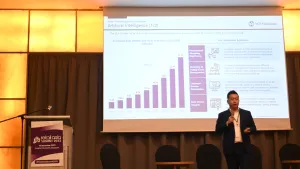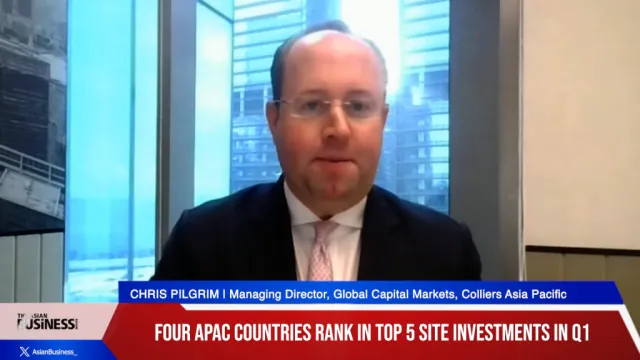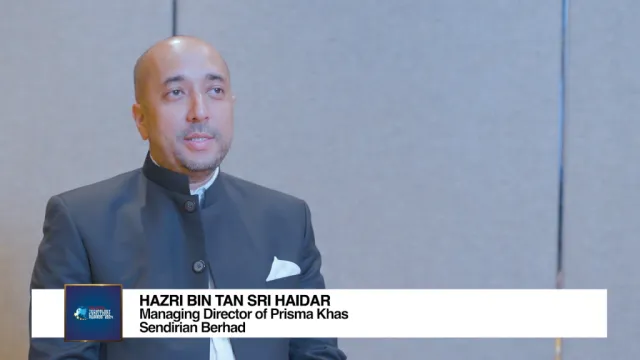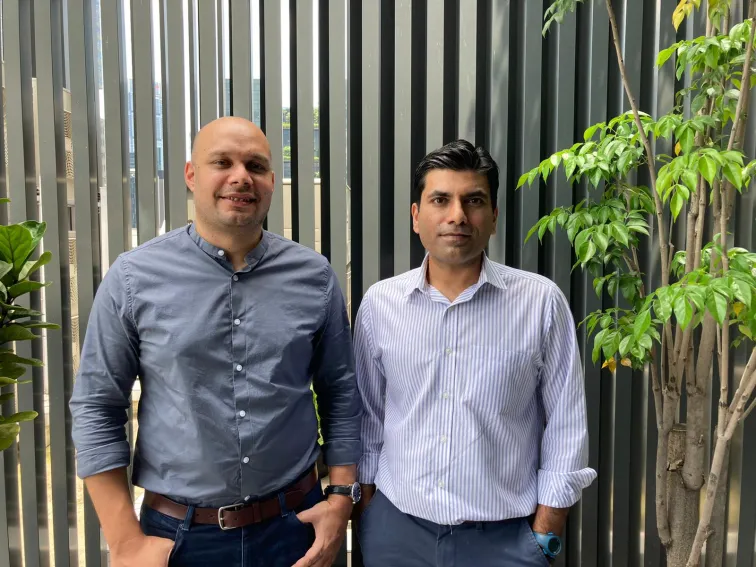
The glaring gaps in the media’s online subscription model
And how media-focussed fintech Few¢ents saw this as a great business opportunity.
Surfing the web, you sometimes come across articles that pique your interest. Naturally, you click on it to start reading, but after reading a few words you are blocked by a paywall.
To read that one article, you are asked to pay X amount of money to subscribe for a month. You then wonder, why can’t I just pay for this one article? Why do I have to shell out for a whole month’s subscription?
In the early days of fintech-for-media startup Few¢ents, this was the very question chief executive officer and one of the founders Abhishek Dadoo, asked himself.
“The biggest pain point I identified was subscription fatigue during the Covid-19 circuit breaker phase in early 2020. I wanted to read and consume quality content across different digital publishing outlets, but subscribing everywhere was not feasible. I realised soon enough that a solution that can unbundle quality content at a global scale was much-needed and inevitable,” Dadoo said in an exclusive interview with Singapore Business Review.
In the early years, quality journalism had gone down, replaced by clickbait content for publishers to get revenue. But as advertising yields declined, digital publishers and creators are now looking to direct reader revenue based business models.
Dadoo explained that on average, publishers expect only 1%-5% of their users to subscribe. The rest of the non-subscribers are typically casual visitors referred by social media, international visitors, or local visitors who have already subscribed elsewhere.
However, he, along with his co-founder Dushyant Khare, saw an opportunity to provide an incremental revenue model which allows publishers to monetise casual visitors while beating subscription fatigue and making pay-per-content seamless for global users. Meanwhile, Dadoo said they saw this as a solution for consumers to democratise access to quality content, as opposed to buying dozens of subscription plans.
Few¢ents, a Singapore based FinTech-for-Media startup provides solutions for digital publishers and creators to incrementally monetize their never-subscribers. Through the company’s solution, digital publishers unbundle and monetize premium content, including articles, video and podcasts, via a pay-per-content service covering 50+ currencies, that sits on the publishers’ sites.
But why focus their attention on the media industry?
“With the proliferation of the creator economy and creator tools, we see that quality content is no longer limited to large media houses. As a result of this fragmentation across all content formats, we see a large and growing need for unbundling and pay-per-content. We felt it was quite ironic that for the longest time digital media made revenue by disengaging their audiences from content but instead via ad-clicks. The content industry has been searching for complimentary engagement-led direct revenue models that can be scaled globally. And that’s where FinTech comes into play,” Dadoo said.
Today, every publisher and creator has global audiences and payments are personal for every user. Dadoo observed that users prefer local payment methods beyond just credit cards and want to do so seamlessly and efficiently.
“For micropayments to work globally, a FinTech layer sits on top of our Media solutions layer allowing seamless micropayments in 50+ currencies from global audiences back to the publisher in their local currency,” he added.
Few¢ents helps publishers identify quality content better, and monetize content better. Dadoo said they are focusing efforts on identifying quality content which audiences will be willing to pay for and building analytics and algorithms to help identify these content.
Recently, the startup raised US$1.6m ($2.13m) in a seed funding round with key investments from venture capital funds M Venture Partners and Hustle Fund as well as from angel investors such Koh Boon Hwee, former chairman of DBS Bank, Kenneth Bishop, former managing director of Southeast Asia at Facebook, amongst others.
Dadoo said they aim to have creators and digital publishers, with the help of Few¢ents, focus on giving quality content without having to worry about reader revenues at a global scale.









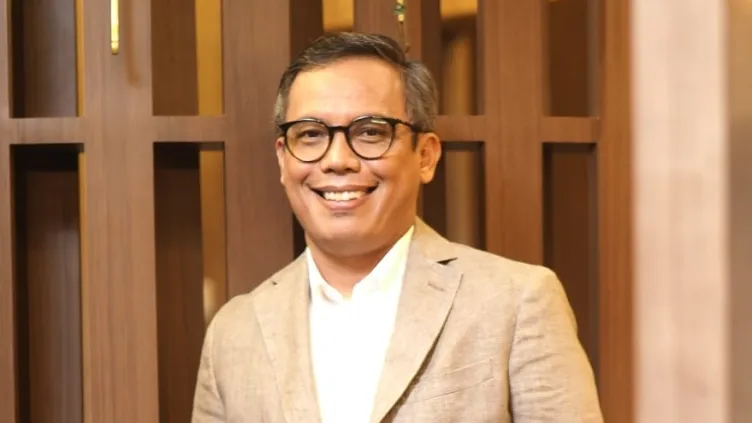
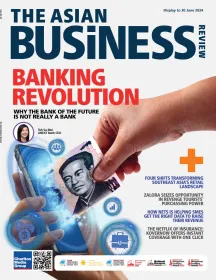
 Advertise
Advertise



